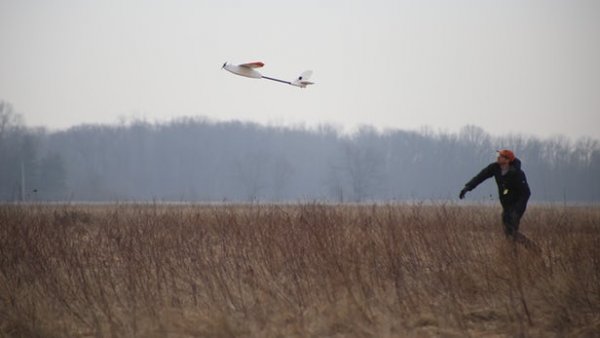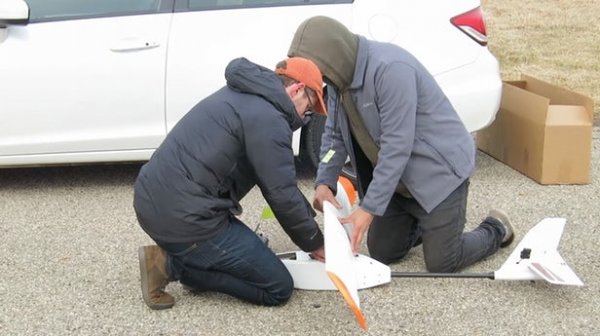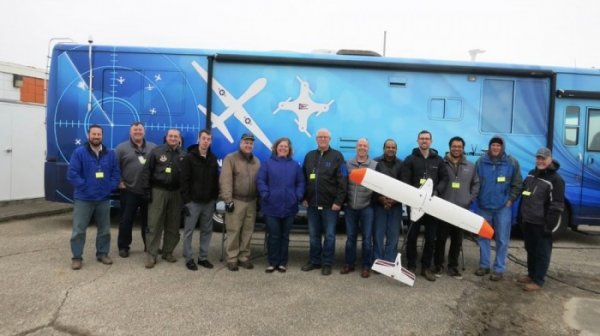We've heard that batteries built into the structure of objects-such as cars or satellites-can help extend operating time without increasing volume. Now, due to this "structured battery", the flight time of the drone has almost doubled. Professor Vikas Prakash of Case Western Reserve University initially used a 7-foot (2.1 m), single-propeller, fiberglass solid-wing UAV. In three years, he began developing an energy storage system in which the battery cells were integrated into the 6-foot (1.8-meter) wingspan of the autonomous aircraft.

This setting can not only increase the energy stored by the drone, but also achieve this goal without sacrificing cargo space or adding weight. This technology will enable drones to fly farther and longer, or carry additional sensors or other heavier payloads.

In previous tests conducted at Springfield-Beckley Municipal Airport in Ohio, using standard battery packs for conventional wings and drones, the aircraft was able to fly for up to 91 minutes before it needed to be charged. However, in late February of this year, Professor Prakash and others replaced the battery wings for testing. This change allowed the drone to fly in the air for a total of 171 minutes-almost 3 hours.

"This test shows that the use of structural batteries is a successful concept," Prakash said. "This will enable our drones to fly longer and / or carry heavier payloads without affecting the fuselage space."
Ultimately, it is hoped that this technology can be used not only for drones, but also for pure electric passenger regional aircraft.
